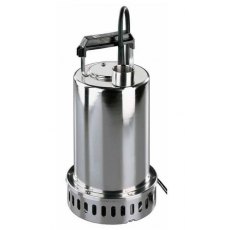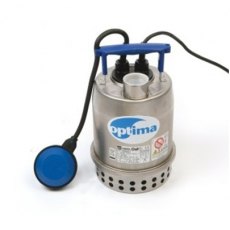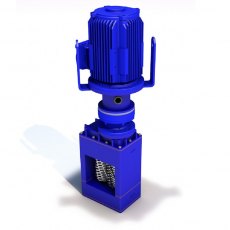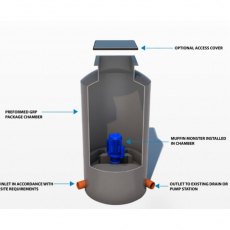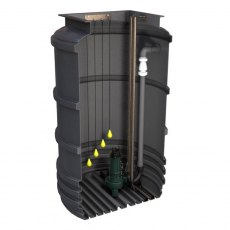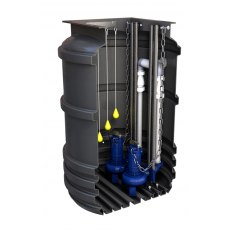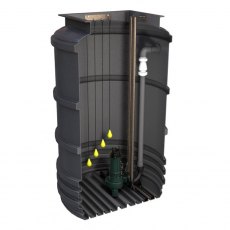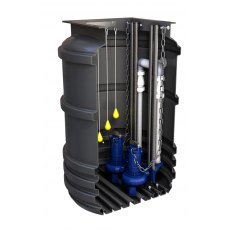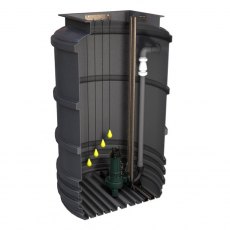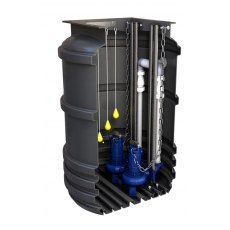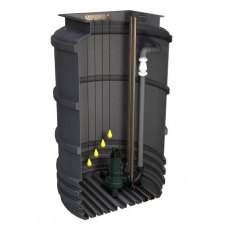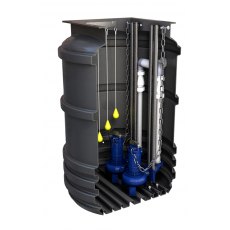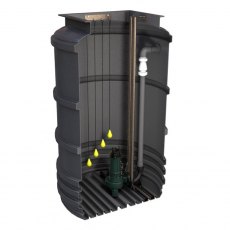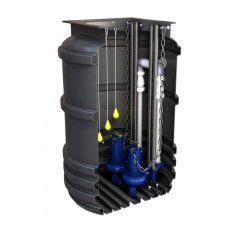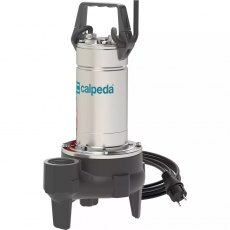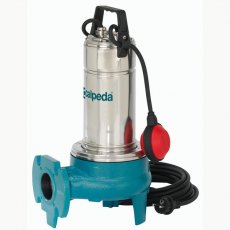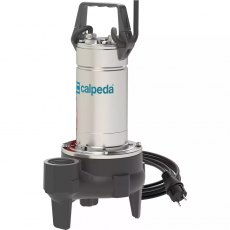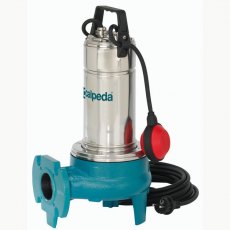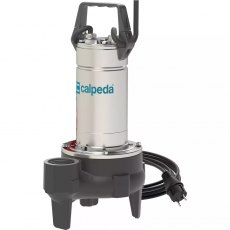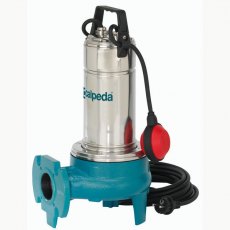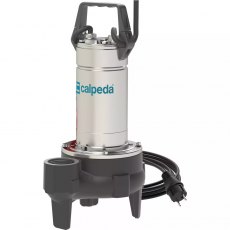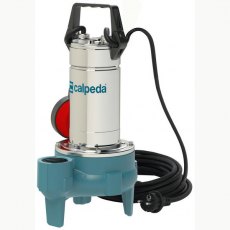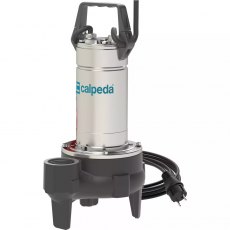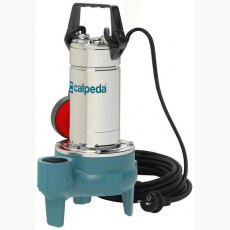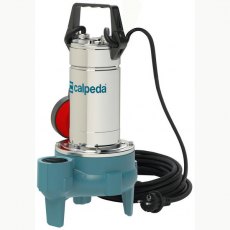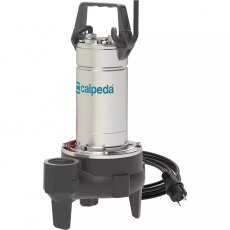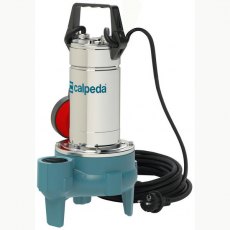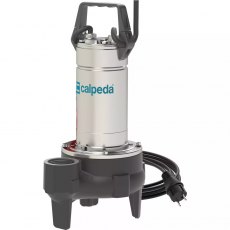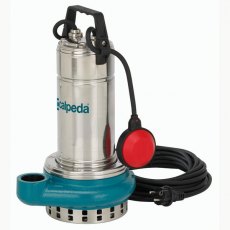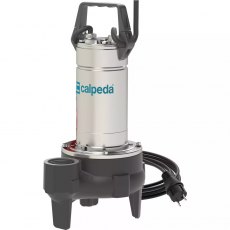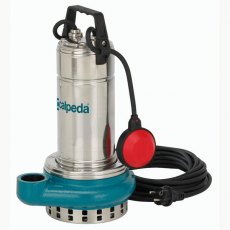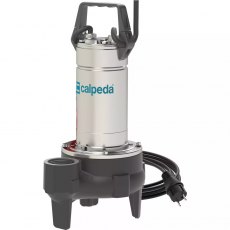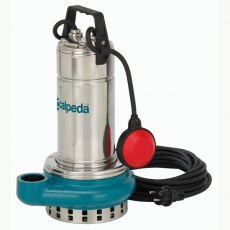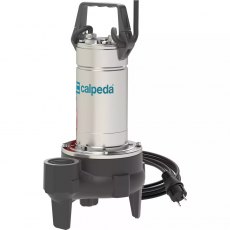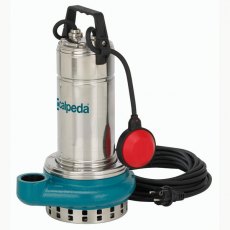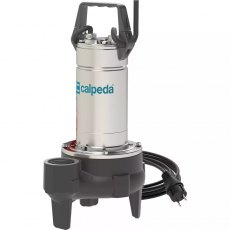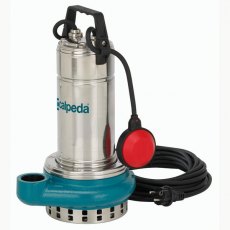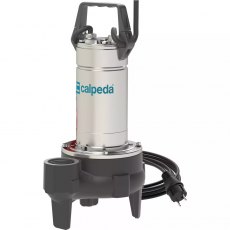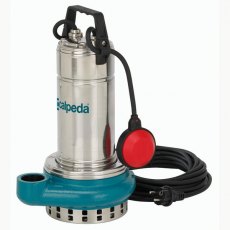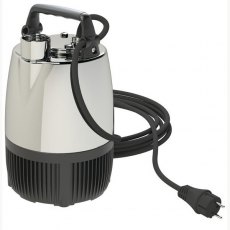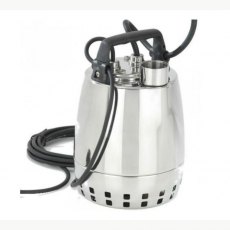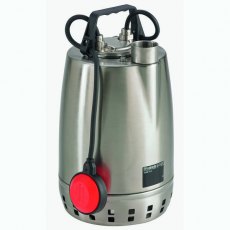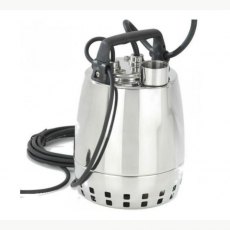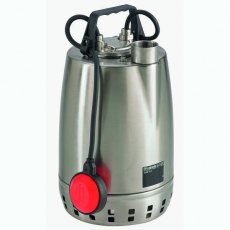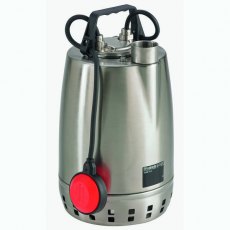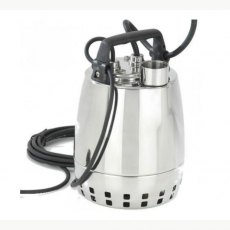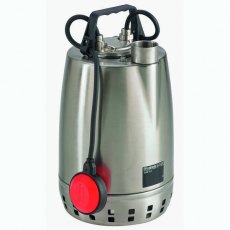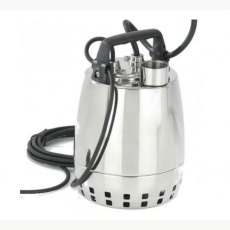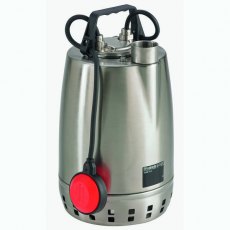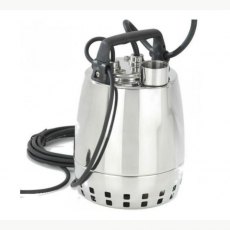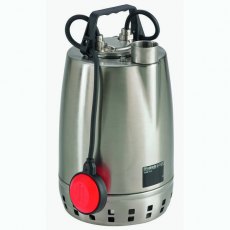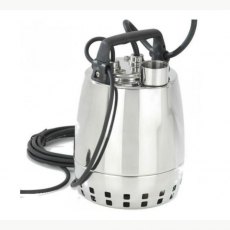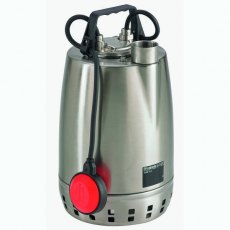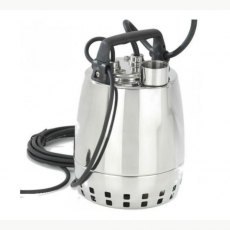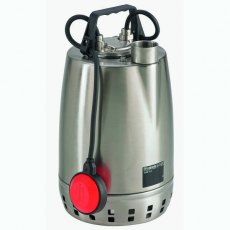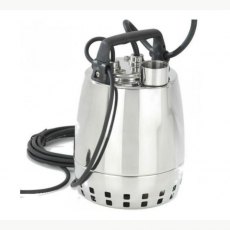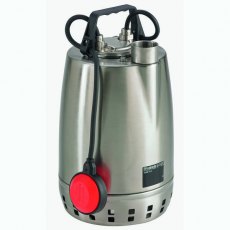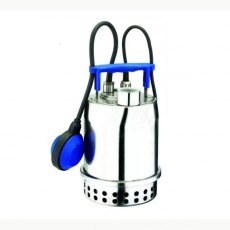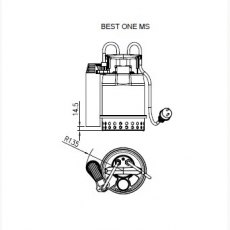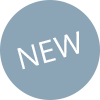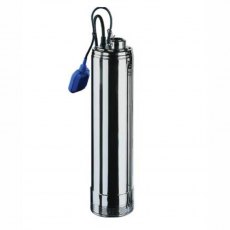Featured Products
(€969.38 inc VAT)
(€358.68 inc VAT)
Sewage & Wastewater Pumps FAQs
Should a sewage pump run continuously?
Ideally, you should try and avoid running a sewage pump continuously and only run it intermittently. This lowers the risk of overloading and damage to the pump in the long run.
It's important to consider the size of the pump and the amount of wastewater it will be moving. If the pump is too small, it won't be able to handle the amount of wastewater it needs to move and will eventually burn out. On the other hand, if the pump is too large, it will be wasting energy and money to run it continuously. Most sewage pumps are also designed to run intermittently to conserve energy and reduce costs, so keeping it running all the time is not the most cost-effective use of this product.
Does a sump pump need regular maintenance?
Sump pumps are essential components of any home's plumbing system, as they are responsible for keeping the basement or crawlspace dry by removing excess water. However, like any other machine, sump pumps require regular maintenance to ensure that they are operating properly and efficiently. It is important to understand that sump pumps have a limited lifespan and, depending on the specific model, are typically expected to last up to ten years.
If you do not perform regular maintenance, the sump pump may fail prematurely, resulting in costly repairs or even a flooding incident. Regular maintenance should include checking the sump pump for any signs of corrosion or damage, such as rust or cracks, and checking electrical connections to make sure they are tight and secure. You may also want to insect your sump pump for any debris or blockages that may prevent it from working properly.
You can regularly test your sump pump to make sure it is working properly by filling up a bucket with water and placing it near the sump pump's inlet. If the pump does not turn on when the bucket is filled, you may have a problem.
What does a sump pump do?
A sump pump serves as a crucial guardian for your home, especially in areas prone to flooding or excessive moisture. Nestled in the lowest part of your basement or crawlspace, the primary function of a sump pump is to prevent water accumulation and potential flooding. It achieves this by actively collecting excess water that could seep into your home's foundation and directs it away from the property.
The heart of the sump pump system is the sump pit, a specially constructed basin that collects water. When the water level in the pit reaches a certain height, a float or pressure sensor triggers the pump into action. The pump then swiftly removes the water from the pit and directs it away from your home through a discharge pipe, usually leading to a storm drain or a designated area that prevents water from re-entering your property.
Beyond preventing flooding, a sump pump is a valuable defence against mould and mildew. By swiftly removing excess water, it reduces the risk of moisture seeping into your home's foundation and creating a breeding ground for these harmful substances. This not only protects your property but also promotes a healthier indoor environment for you and your family.
Do sump pumps use lots of electricity?
The electricity consumption of a sump pump is a common concern for homeowners, but the actual usage can vary based on factors such as pump type, capacity, and frequency of operation. Generally, sump pumps are not known for consuming a significant amount of electricity. Submersible pumps, which are more commonly used in residential applications, are typically energy efficient. The power consumption of a sump pump is measured in watts. A typical submersible sump pump might use around 500 to 750 watts. However, it's crucial to note that sump pumps are designed to operate intermittently. They kick into action when the water level in the sump pit rises to a certain point, usually triggered by heavy rainfall or melting snow. Once the water is pumped out and the pit is clear, the pump shuts off. This on-and-off cycle helps minimise continuous electricity consumption. If you live in an area prone to heavy rainfall or have a high-water table, your sump pump may operate more frequently. However, for many homeowners, the pump might only run a few times a month or even less, resulting in modest electricity usage. Regular maintenance, including cleaning the pump and ensuring proper functioning of the float switch, also contributes to energy efficiency by allowing the pump to operate optimally.
Should a sump pump run all day?
No, a sump pump should not run continuously throughout the day. Sump pumps are designed to operate intermittently, turning on only when the water level in the sump pit rises to a certain point. Continuous operation may indicate a problem with the pump, the float switch, or an unusually high water inflow that requires investigation.
A constantly running sump pump can be a sign of an overwhelmed drainage system, a malfunctioning float switch, or a pump that is too large for the intended application. If your sump pump runs continuously, it's crucial to assess the situation promptly to prevent potential issues such as motor burnout, increased electricity consumption, and unnecessary wear and tear on the pump components.
If you notice that the pump is running more frequently than usual or appears to be struggling to keep up with water inflow, it's time to investigate. Check for any visible leaks, assess the condition of the pump, and ensure that the float switch is functioning correctly. Additionally, examine the drainage system and discharge pipe to confirm that water is being directed away from your home effectively. Remember, a well-maintained and properly functioning sump pump is crucial in safeguarding your home from potential flooding and water damage.
Why choose a macerator pump over a vortex pump?
If you have an application where the risk of blockages that could enter the drain run is higher than usual, for example if the property is rented, tenants could unwillingly block the pump, this is also a problem if it is an apartment block as you wouldn’t be able to source who was responsible for blocking It, but everyone would need to pay their share to fix it.
Also, macerator pumps, because of how they cut through the waste, they can pump a much higher head (vertical distance), so when compared to vortex pumps, if you have anything over 10m, you will need to be selecting macerator pumps. Always check the pump flow curves for your application or you can call to speak to one of our technical team if you want to be sure the pumps will do the task at hand.
When to choose a 65mm or 80mm vortex pump over a 50mm vortex pump
If you are concerned about the risk of blockages but also need a flow rate which macerator pumps can’t provide, or even if it’s purely just a faster flow rate you need, a larger 65mm or 80mm pump will be able to achieve this, calculating a specific flow rate to your application is difficult and would be best speaking to a member of our technical team to help specify the right pumps for your station.
Do waste pumps need servicing and if so, how often should this be done?
Waste pumps and your wastewater system in general need regular servicing to keep it in working order. A general desludging of your system and a check of the components such as the sewage pump will keep the sewage treatment system in good working order for longer.
Generally, a good rule of thumb for servicing your sewage pump would be every 1 to 2 years or every time you empty your septic tank. It is a good idea to get it checked regularly to avoid a costly replacement further down the line.
Horizontal vs Vertical pumps
This depends on your existing pump and the type of installation you have or are planning on. The vertical Hippo 50 has a vertical port discharges via a 2” female port and the horizontal Hippo 50 discharges via a horizontal 2” female port but is also DN50 flanged
What is a Vortex Impeller Sewage Pump?
Vortex impeller sewage pumps use centrifugal action. In this sewage pump. the impeller rotates and causes a tornado-like action that pulls the waste into the pump and then sends it into the discharge pipe with little or no contact with the impeller which helps the pump to withstand any stringy material it may encounter. This means there is a much lower chance of clogging the impeller.
What is a Grinder Pump?
A grinder pump takes the wastewater from the holding tank, grinding any waste into a fine slurry and then pumps it into a sewage treatment plant. They can pump over much longer distances but at a slower rate because they are high pressure and low volume pumps.
Do I need a macerator?
Macerator pumps are used only for heads higher than 10m and with a low flow rate when you have a discharge rate restriction imposed by the water authority who own the sewer you discharging into.
Is there an option to have an enclosure for my pump set?
If a booster or compact set is being housed externally, you will need an enclosure to protect the inverter from the elements so anything electronic needs to be protected by an enclosure of some sort, never leave the booster set to face the elements
How much space do I require around my pump?
You require at least 500mm above the break tank so you can service it and inspect it when required. Also, a booster just needs to be installed in a maintainable space so that the inverters can be reviewed if needed via clear walkways and facing into the room, not tucked away down the side of a plant room.

 Login
Login
